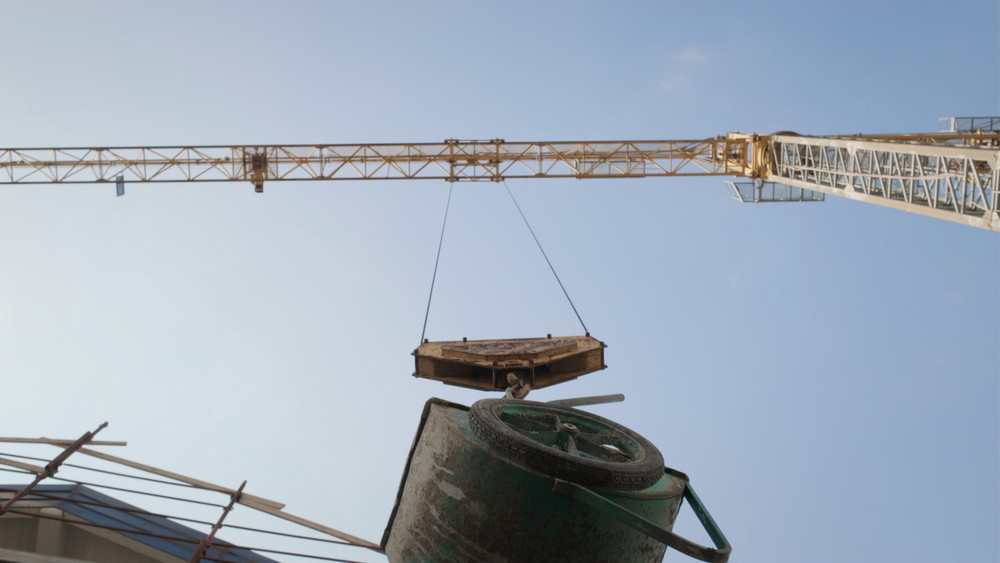In today’s fast-paced industrial landscape, ensuring that your company has the right equipment at the right time can be a game-changer. Whether you’re in construction, manufacturing, or logistics, heavy equipment is often at the core of your operations. Foresight and effective planning in acquiring, maintaining, or renting heavy machinery can significantly impact your company’s efficiency and bottom line. This blog post delves into strategic planning for your heavy equipment needs, offering insights into how to streamline your operations and stay ahead of the competition.
Assess Your Company’s Unique Equipment Needs
Understanding your equipment needs starts with an assessment of your company’s specific challenges and goals. Every business has unique requirements, and it’s crucial to identify these to avoid unnecessary expenditures or operational delays. Consider your long-term projects and the type of machines they require. Investing in or renting the wrong equipment can lead to increased maintenance costs and downtime, which affects productivity. Therefore, a meticulous approach to equipment planning is vital to align with your company’s strategic goals.
Decide Whether to Buy or Rent Heavy Equipment
The decision to buy or rent heavy equipment is a significant one that should be informed by both current needs and future projections. While purchasing equipment offers control and long-term use, renting provides flexibility, especially in fluctuating markets. According to Reservety, the largest portion of the global equipment rental business is held by the US, at about $50 billion. This substantial figure indicates a thriving construction equipment rental sector that is often more feasible for businesses dealing with variable demand and short-term projects. Evaluate your financial capacity, project timelines, and potential risks to make an informed choice that aligns with your operational strategy.
Prioritize Regular Maintenance and Monitoring
Maintenance is another critical component of equipment management. Proactive maintenance strategies help prevent unexpected breakdowns and extend the lifespan of your equipment. Establish robust maintenance schedules and invest in training for your staff to ensure that all machinery operates at peak efficiency. Leveraging technology like IoT for real-time monitoring of equipment health can further enhance productivity by preemptively identifying potential issues. This approach not only secures a higher return on investment but also maintains safety standards, thereby safeguarding your workforce.
Thoughtful planning in managing your heavy equipment needs can propel your company towards sustained success. By assessing your specific needs, deciding wisely between purchasing and renting, and prioritizing regular maintenance, you can optimize investments while minimizing risks. As you look to the future, incorporate these strategies into your broader business plan to ensure resilience and competitiveness in any market conditions. Ready to take the next step in optimizing your heavy equipment strategy? Reach out to Sync Aggregate today to find out how we can help you plan, rent, and manage your construction equipment rental needs with ease.

